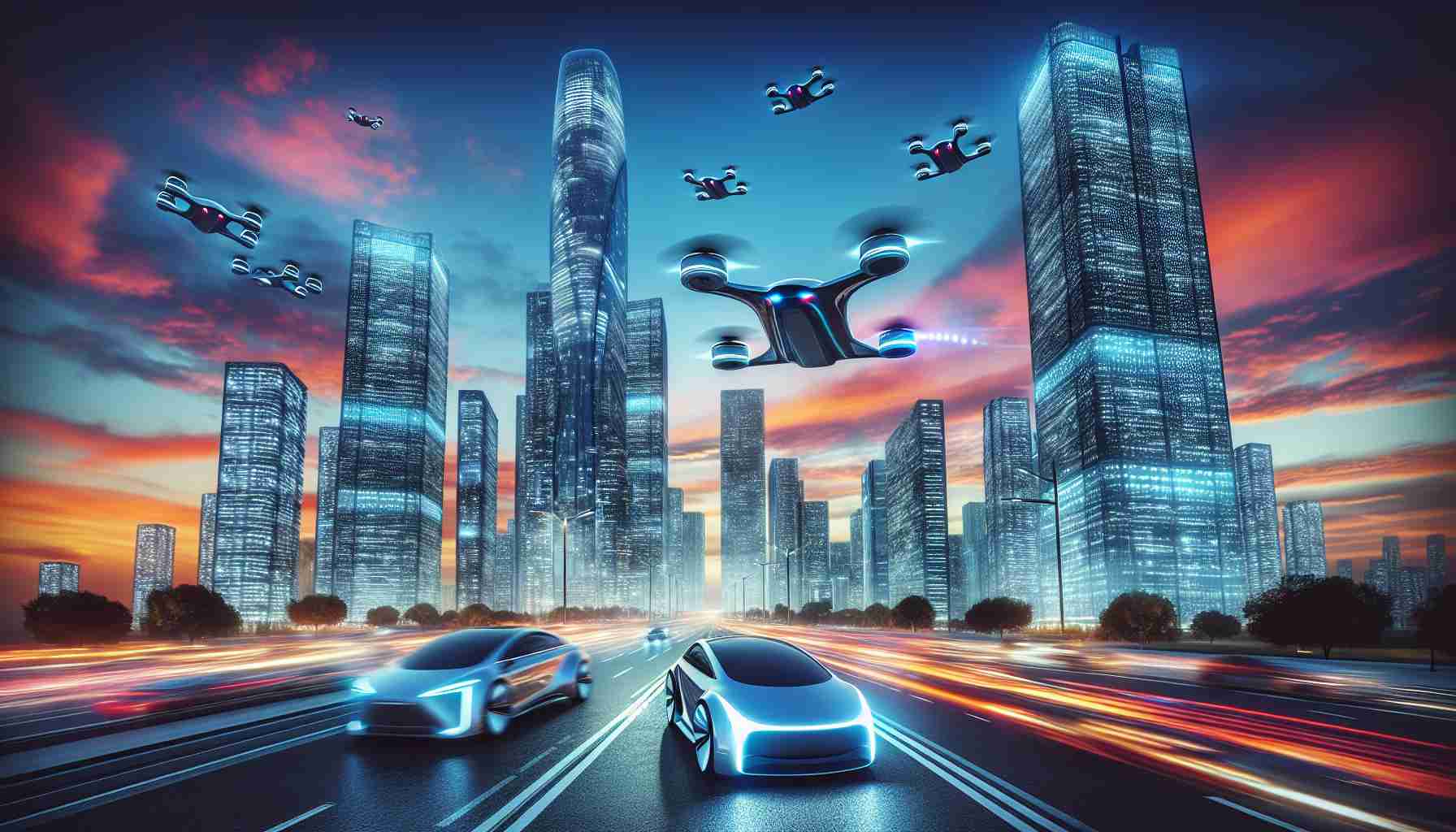In a groundbreaking move for the transportation industry, legislator Sen. Marty Flynn has proposed new legislation in Pennsylvania to pave the way for the integration of flying cars into everyday life. This visionary initiative aims to establish a regulatory framework that would allow roadable aircraft to operate both on roadways and in the sky.
While the concept of flying cars may seem like something out of a science fiction movie, states like Minnesota and New Hampshire have already embraced this innovative technology by recognizing roadable aircraft as legitimate vehicles on their roads. Moreover, Arizona Governor Katie Hobbs recently revealed plans to position the state as a leading hub for emerging flying car technology, citing the potential $115 billion market value by 2035.
The introduction of flying cars not only offers a glimpse into a Jetsons-like future but also holds immense promise for transforming transportation networks. Sen. Flynn envisions a landscape where advanced air mobility revolutionizes the way people access essential services, from emergency response to goods delivery, across various communities.
With the recent certification of Alef Automotive’s flying car for testing by the Federal Aviation Administration, the reality of flying cars hitting the market is not far off. The potential impact of this transformative technology on urban, rural, and regional connectivity is immeasurable, heralding a new era of possibilities and opportunities for urban mobility.
The Future of Transportation: Flying Cars to Revolutionize Urban Mobility
As excitement builds around the prospect of flying cars becoming a reality in our daily lives, it’s essential to delve deeper into the nuances and implications of this revolutionary mode of transportation. While previous discussions have highlighted the proactive steps taken by legislators and the burgeoning market potential of flying car technology, several key questions and considerations merit attention to grasp the full scope of this transformative development.
What are the Key Challenges Associated with Implementing Flying Cars in Urban Environments?
One of the primary challenges facing the integration of flying cars into urban settings is the establishment of safe and efficient air traffic management systems. Coordinating the movement of thousands of flying vehicles in densely populated areas poses significant logistical hurdles that must be addressed to prevent congestion and ensure passenger safety.
Are There Any Controversies Surrounding the Adoption of Flying Cars?
While the concept of flying cars sparks excitement and optimism, there are valid concerns regarding potential noise pollution, airspace congestion, and the need for robust regulatory frameworks to govern these novel modes of transportation. Addressing these controversies will be crucial in garnering public acceptance and support for flying car initiatives.
Advantages of Flying Cars for Urban Mobility
The advent of flying cars promises unparalleled flexibility and speed in navigating urban landscapes, offering a solution to gridlocked traffic and lengthy commutes. By utilizing airspace for transportation, flying cars have the potential to reduce travel times significantly and enhance overall mobility for individuals and communities.
Disadvantages of Flying Cars in Urban Environments
Despite their transformative potential, flying cars also present challenges such as high costs of development and maintenance, limited infrastructure for take-off and landing, and concerns regarding public safety and airspace regulation. Overcoming these disadvantages will be crucial to realizing the full benefits of flying car technology.
While the future of transportation holds immense promise with the introduction of flying cars, addressing critical questions, challenges, and controversies surrounding their adoption is essential for a smooth and successful integration into urban mobility networks. Stay tuned as advancements in technology and regulatory frameworks continue to shape the landscape of transportation as we know it.
For more information on futuristic transportation solutions and urban mobility trends, explore US Department of Transportation.















